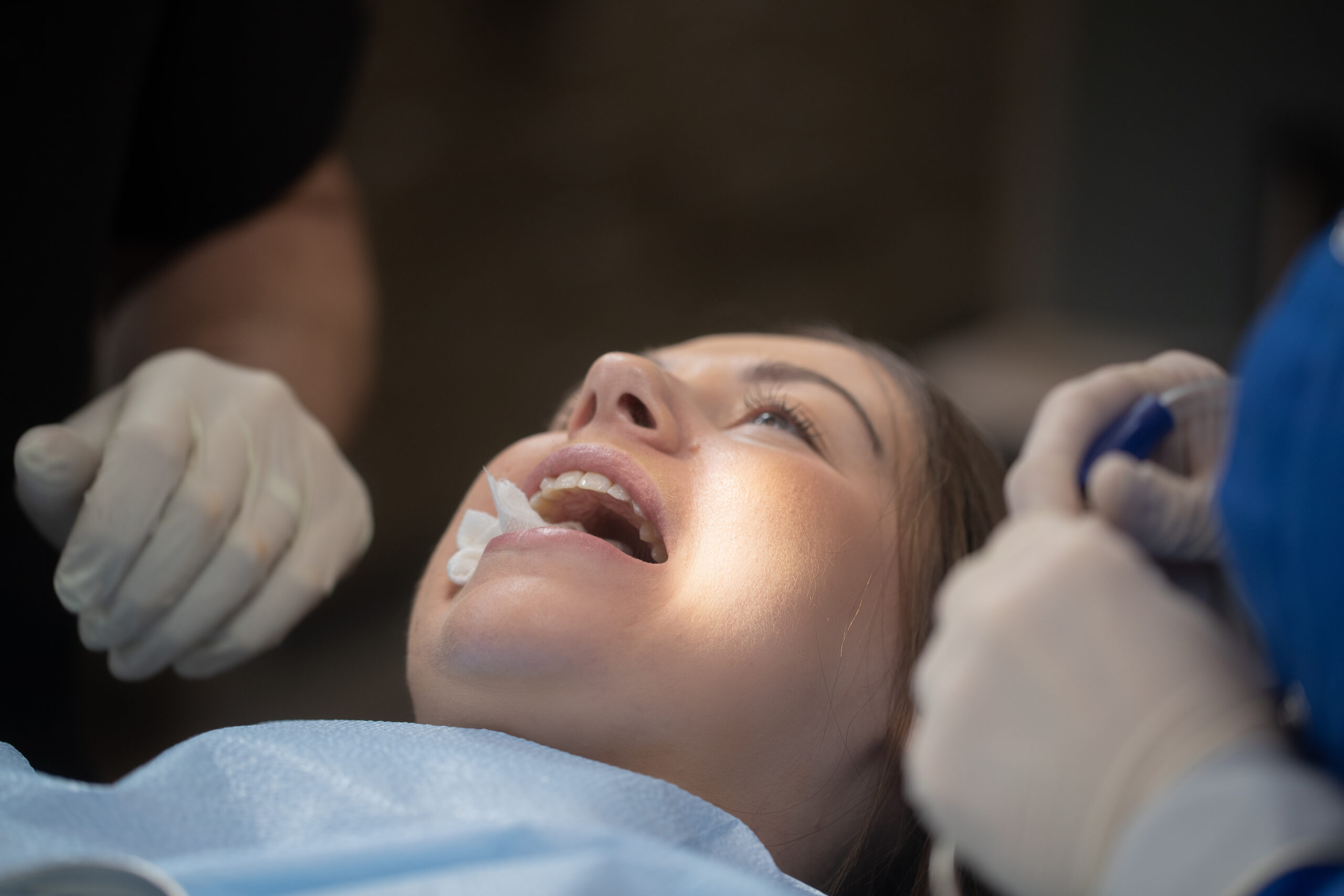In oral surgery, taking care of impacted or partially impacted teeth is a common procedure. Our oral surgery clinic Queen Creek AZ is often called upon to deal with this problem. So, what is an impacted tooth? What is a partial impaction?
Impacted Tooth Concerns
When a wisdom tooth has no space to emerge, the tooth cannot grow. A complete bony impaction, as this is called, requires surgical removal. This is a complex situation. An oral surgeon will have to extract the tooth from the jaw bone without damaging the adjacent tooth. The bone’s size and shape will affect how easy this is.
If a wisdom tooth is trapped, it may become infected. This can lead to a dangerous situation if the patient doesn’t seek medical care and receive appropriate treatment. Usually this can be avoided with the timely replacement of wisdom teeth.
Partial Impaction Concerns
If a wisdom tooth breaks the surface, it may have nowhere to go. This makes it useless for chewing. It also makes it difficult to clean, leading to serious decay in a short amount of time. In these instances, a surgical procedure can remove the partially impacted tooth.
Often this occurs because the wisdom teeth were not extracted in teenagehood. For more information, check out this article about what happens if you don’t have your wisdom teeth removed.
Impacted Cuspids Problems and Solutions
This problem can also occur with the maxillary cuspid. The upper eye tooth, as it is also called, can get stuck and be unable to drop into its place. This is often due to a lack of gap between the adjoining teeth. A dentist or orthodontist may recommend a visit to an oral surgeon.
Every effort is made first to save the cuspid since it is an important tooth for chewing. The oral may need to remove growths or unneeded extra teeth. They also may be called upon to extract baby teeth. The goal is to clear a path for the needed tooth to emerge cleanly and neatly.
The problem may occur on the dental arch’s palatal side. The roof of the mouth is a difficult place for a dental extraction and thus requires oral surgery. The third most common place is the facial side of the dental arch. This cuspid may have emerged above the roots, endangering the adjacent teeth. Since it is in the supporting bone, it requires an oral surgeon’s expertise.
In some cases, the oral surgeon works with the orthodontist to move the tooth into position where it can grow safely. The surgeon moves the gum to bracket the tooth. The bracket is joined to an orthodontic wire by a small chain, and the gum is restored. Later the orthodontist attaches the chain to a rubber band. Over time, the light force moves the impacted tooth slowly into place. Once the process is finished, the oral surgeon opens the gum and removes the bracket. If necessary, additional gum surgery is performed.
How Age Affects Impacted Eye Teeth
Studies show that it is easier to deal with impactions if identified early. This may mean referral to an orthodontist as early as age seven. It may mean seeking the oral surgeon’s help before the adult teeth have a chance to set.
If the patient is an adult, then it becomes less likely that the impacted tooth will emerge. It may be fused into place. The oral surgeon will need to extract it from the bone. Once this is done, the patient may need a dental implant to replace the missing eye tooth.
There’s more to know, but we hope we’ve answered some of your questions. You can learn more when you make an appointment at Desert Valley Oral Surgery.
